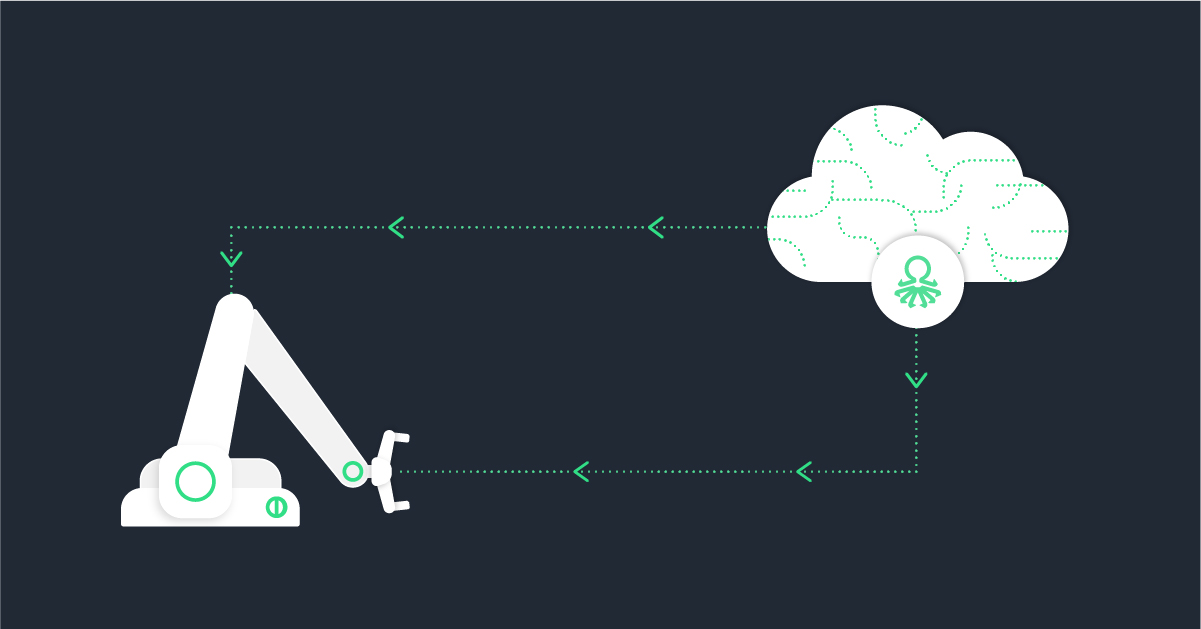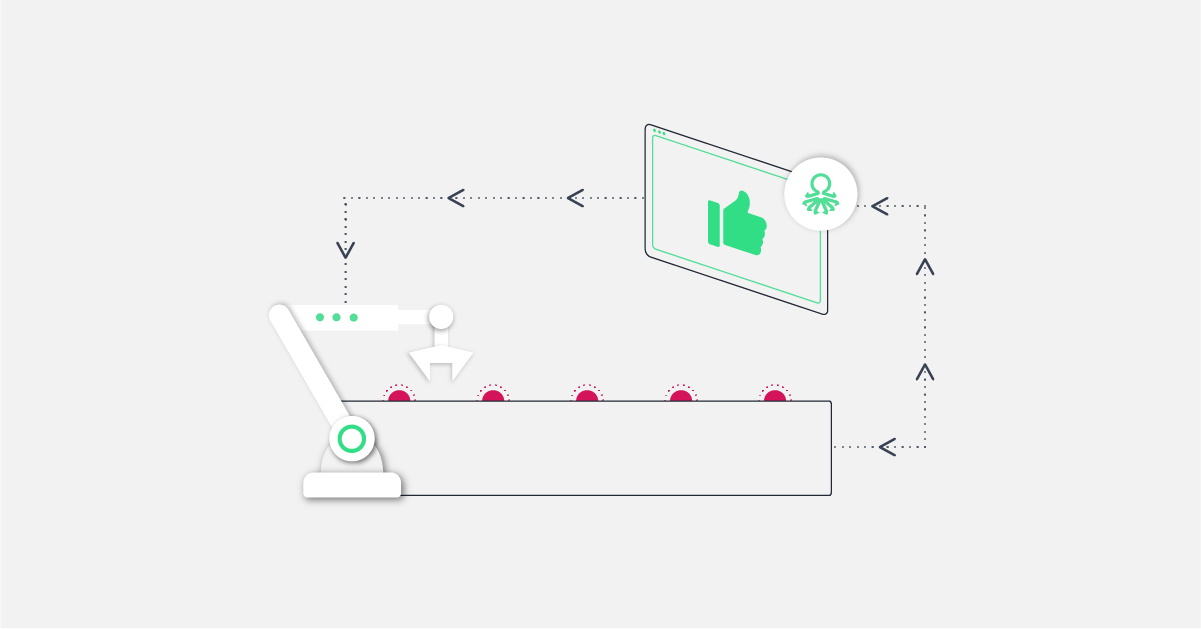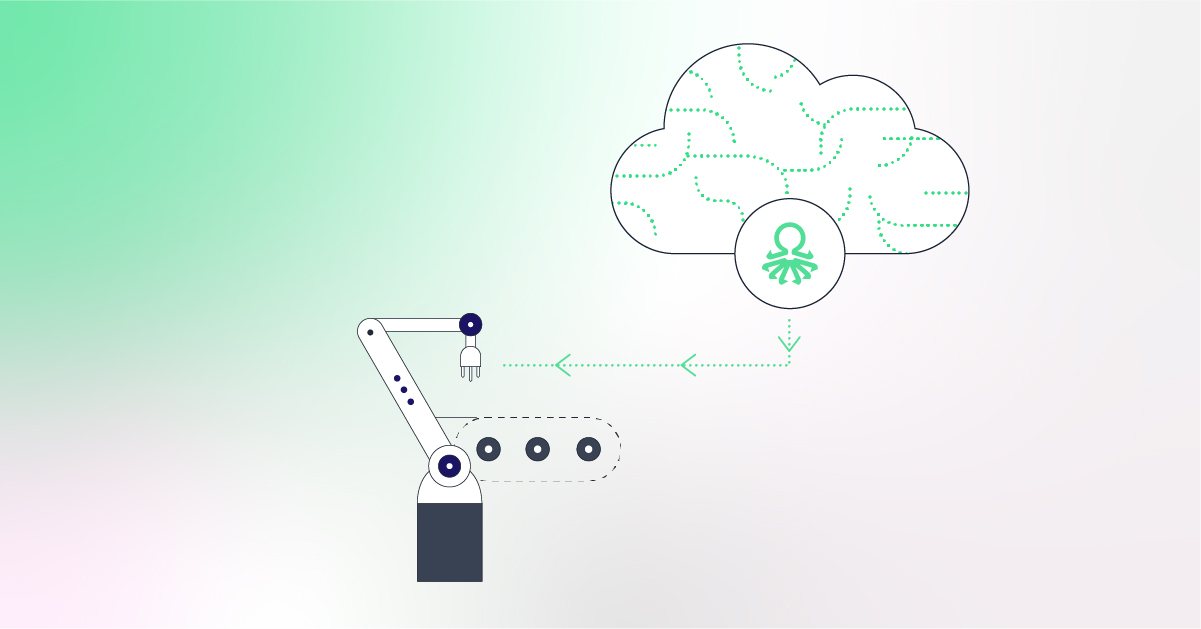Electronics manufacturers only remain profitable if they consistently produce high-quality products. Allowing for any issue to remain untreated will certainly cause issues in the immediate future, which can range from too many faulty units to a complete shutdown.
Root cause analysis enables manufacturers to continue to produce quality products by empowering them with the tools to determine why a given issue is occurring. But the problem is: most manufacturers are taking the wrong approach to root cause analysis.
What do we mean by this? They’re not leveraging automation to expedite one of the most important processes for identifying why issues are occurring.
Today, we’re going to go over why electronics manufacturers should be conducting automated root cause analysis and a brief dive into what automated root cause analysis actually looks like.
What Exactly Is Root Cause Analysis?
Root cause analysis (RCA) is a formalized process that aims to investigate the underlying cause of why defects are being produced. Automated root cause analysis takes this a step further and puts AI in charge of tracing the cause of a defect.
Instead, it’s well worth investing in conducting root cause analysis to reduce the number of faulty units being produced and increasing throughputs. Manufacturing defect analysis is essential for any electronics manufacturer looking to remain profitable.
One example of root cause analysis in manufacturing is when an electronics manufacturer notices an increase of faulty units being produced by one facility as compared to other similar facilities. Armed with as much data as possible, RCA would help management and engineers determine why that facility is producing so many fault units.
How Does Automated Root Cause Analysis Work?
Root cause analysis follows a set of distinct steps to try and determine the cause of a failure. While identifying problems is complex, the recommended actions tend to be fairly straightforward.
Here is a brief overview of what steps a root cause analysis may contain:
- Identify the problem: It all starts with detecting the problem itself. You need to filter out any false positives that may be skewing the data. Is the problem an anomaly? If it isn’t, then you may have the basis for an investigation.
- Engage your automated RCA platform: Next, leverage your machine learning solution to analyze the failure. ML solutions can use a process called fault domain isolation to pinpoint the specific problem that caused the failure. This saves your teams countless hours they would have spent analyzing logs and data. You should also perform an impacted component analysis to see what components may have been affected.
- Determine your next actions: Machine learning makes it easy for you to identify logical next steps. The key advantage here is knowing why a problem occurred, what team you need to engage to fix it, and how to prevent it from happening again.
The main goal of automated RCA is to reduce the amount of time you spend trying to identify problems. Machine learning technology works to rapidly identify and triage problems, ensuring your teams have access to all the information needed to expedite the entire RCA process.
Key Business Benefits of Automated Root Cause Analysis
The benefits that accompany root cause analysis for electronics manufacturers far outweigh the time and capital required to conduct an RCA. Some notable benefits of root cause analysis are:
- Automated information exchange: If you’re using an automated root cause analysis solution, then you’ll be able to have facilities exchange information with each other. If one root cause was found at facility A, then they can let facility B know what they find. This exchange throughout all facilities is automated and prepares engineers to correct the issue at hand.
- Long-lasting solutions: When a manufacturer tries to reduce faulty units with band-aid fixes, they’re not going to create lasting change. However, after a proper root cause analysis has revealed the cause of the problems, solutions can be implemented that can provide long-term benefits across product lines.
- Reduce operational costs: One of the biggest root cause analysis advantages is cost reduction. When a cause is corrected, throughput increases. You’ll produce fewer faulty units, meaning you’ll waste fewer resources and time on units that won’t generate revenue. This is especially true for electronics manufacturers that are producing high-value units.
Keep in mind that a root cause analysis must be conducted properly to reap the above rewards.
Simplify Your Root Cause Analysis With Vanti
The margin of error is incredibly low for electronic’s manufacturers, which is why determining the root cause of production-level problems should be a top priority.
Vanti-Analytics works directly with some of the world’s leading optoelectronic manufacturers, helping them streamline early fault detection, root cause analysis, and more.
Are you interested in learning more about how automated root cause analysis can benefit your production process? Book your discovery call today and see how Vanti is making a difference.





